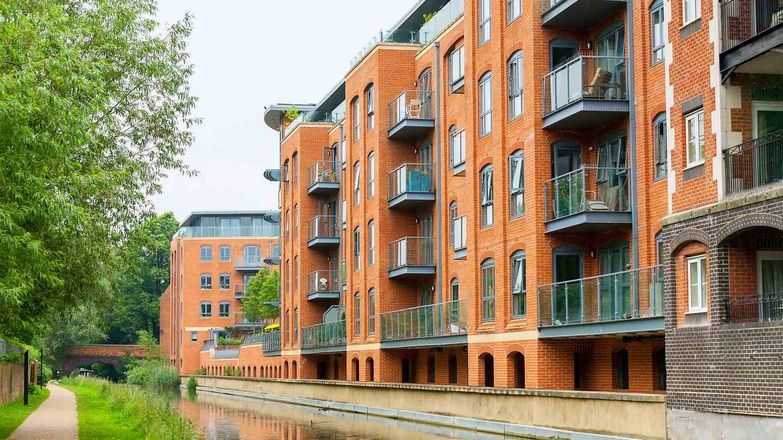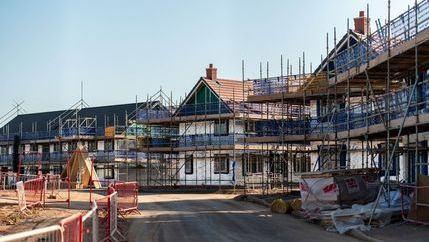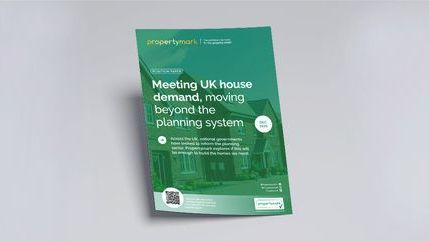
The group has advised on steps that should be taken to ensure that a more risk-proportionate and cost-effective approach is taken to fire safety in blocks of flats.
Recommendations:
- EWS1 forms should not be a requirement on buildings below 18 metres
- in the small number of cases where there are known to be concerns these should be addressed primarily through risk management and mitigation
- there should be a clear route for residents/leaseholders to challenge costly remediation work and seek assurance that proposals are proportionate and cost effective
- Government should work with the shadow Building Safety Regulator to consider how to implement an audit process to check that fire risk assessments are following guidelines, not perpetuating the risk aversion we are witnessing, in some instances, at the present time
- fire risk assessors, and lenders should not presume that there is significant risk to life unless there is evidence to support this. This would ensure that they respond only to the evidence and adopt a far more proportionate and balanced approach
EWS1 forms
In 2019, lenders across the UK began to seek assurance on the safety of external wall systems as a condition of approving mortgage applications. There was concern that flats in high-rise blocks wouldn’t represent good security and that owners could be liable for remediation costs. Without any assessment of the external wall system, some properties were given zero valuations, rendering them unsellable and un-mortgageable.
Building and fire safety
The Building Safety Bill has been introduced by the UK Government to enhance the safety regime for higher-risk buildings, defined as those over 18m (or seven storeys). This legislation is currently making its way through Parliament. Most of the Bill applies to England only.
The Fire Safety Act, which received Royal Assent in April will ensure that the external walls of buildings are considered as part of routine fire risk assessments for all multi-occupied residential buildings in England and Wales.
Image attribution: "Robert Jenrick Official MP Portrait" used under CC BY 3.0 / cropped from original






